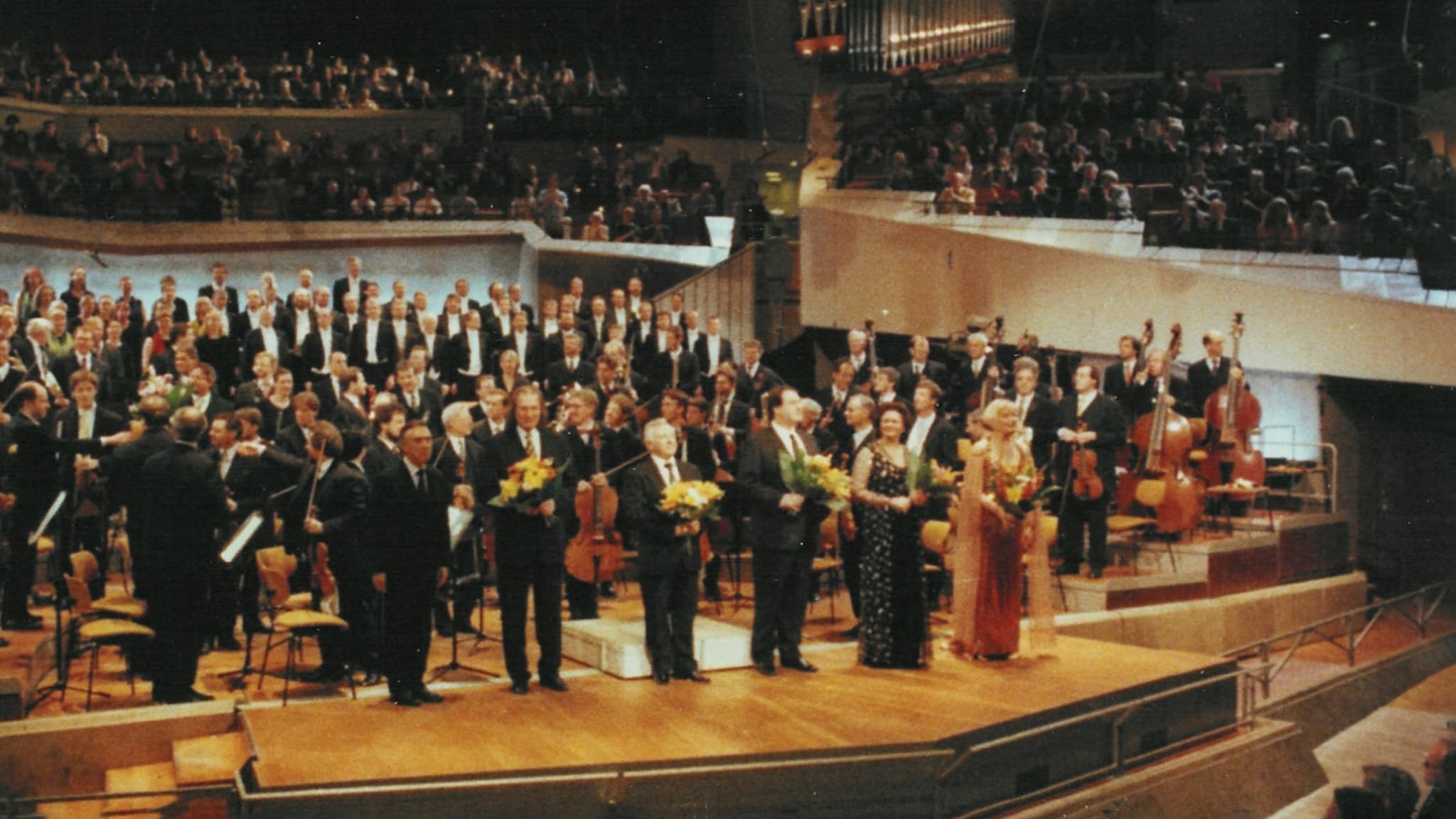Album insights
Sitting at the piano, he began to unveil marvelous realms, drawing us into increasingly enchanting circles. The piano transformed into an orchestra of wailing and exultant voices, playing sonatas, veiled symphonies, songs with a deep melody running through them, and pieces of varying nature. It seemed as though he gathered all, rushing like a stream into a waterfall, carrying a peaceful rainbow over cascading waves, accompanied by butterflies and nightingales on the shore.
Schumann's famous account of young Brahms, titled "New Paths," was published in his journal on October 28, 1853. Brahms had recently played Sonatas and Scherzos for Robert and Clara Schumann in Düsseldorf, leaving them impressed with his overflowing imagination and mastery. Details about the pieces mentioned in the article are uncertain due to Brahms' critical nature. He destroyed some pieces like violin sonatas and string quartets, with only three known piano sonatas surviving. The journey of Brahms' compositions, notably Sonata No. 2 in F-sharp minor, unfolded over time, connecting to elements from German folklore.
All three piano sonatas by Brahms commence with grand gestures spanning the keyboard's range. The intricate relationships within the C Major Sonata Op. 1 reflect influences from Beethoven's works, showcasing Brahms' innovative approaches and musical depths. The composer skillfully arranged themes, transitions, and variations within these sonatas, creating a harmonious blend of emotion and technical virtuosity. The deep connections to German folk melodies enrich the narrative woven through the intricate compositions, exhibiting Brahms' profound musical language.
Brahms' F-sharp minor Sonata Op. 2 boasts a complex structure, interweaving traditional themes with his innovative style. The narrative unfolds delicately through varied themes and motifs, highlighting the depth of Brahms' early musical genius. The interplay between the movements, themes, and emotional fluctuations reveals his mature compositional prowess, setting the stage for his future works. The dedication of the Sonata to Clara Schumann signifies a significant moment in their enduring relationship, characterized by mutual admiration and artistic exchange.
Throughout his career, Brahms adeptly incorporated elements of folk melodies into his compositions, revealing a deep connection to his cultural roots. The Rhapsodies Op. 79, emerging decades after the sonatas, showcase Brahms' evolving musical language and structural complexity. The contrasting themes and dynamic shifts within the Rhapsodies demonstrate his artistic growth and unwavering commitment to musical innovation. These pieces serve as an emblem of Brahms' artistic evolution and enduring legacy, resonating with audiences across generations.














